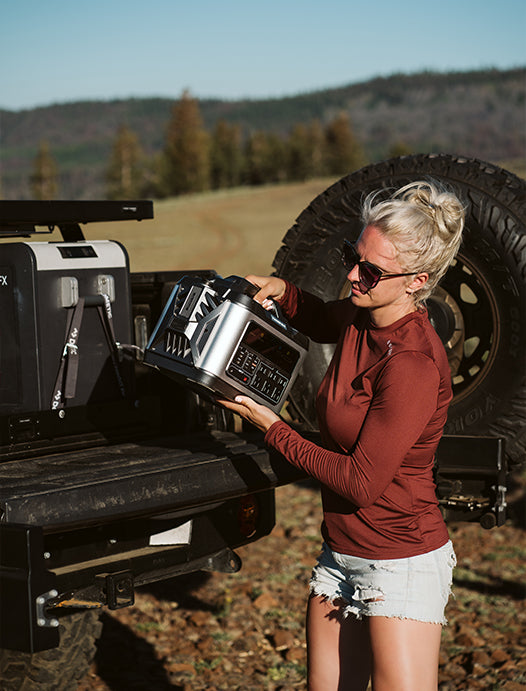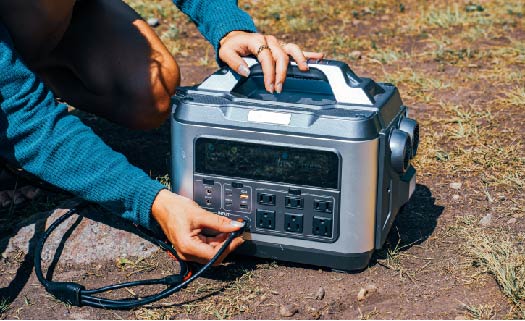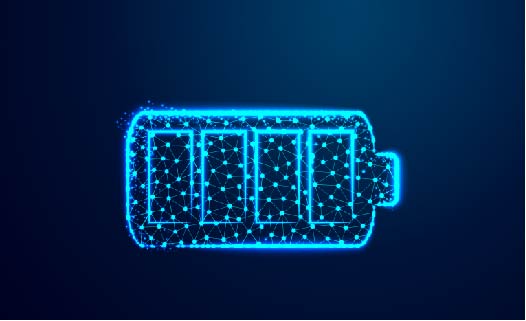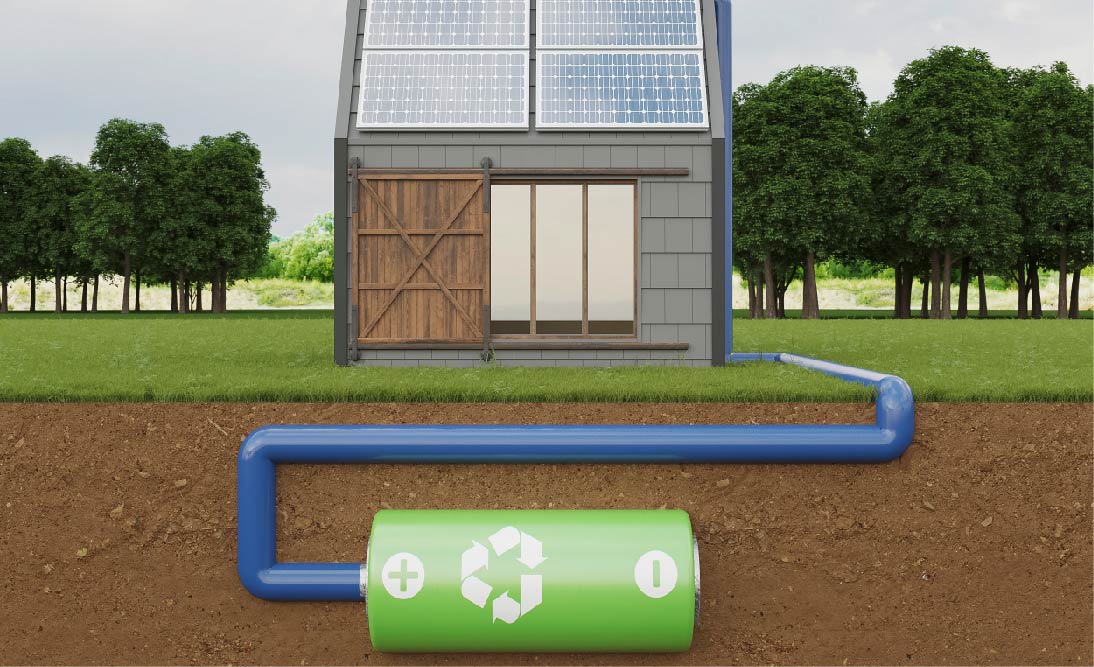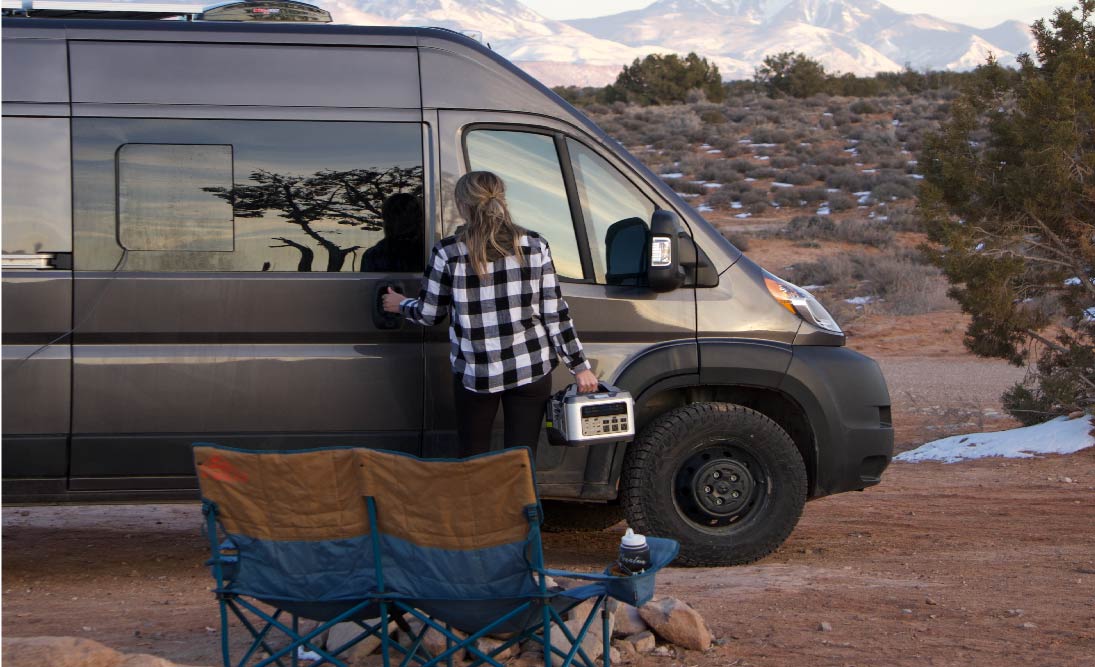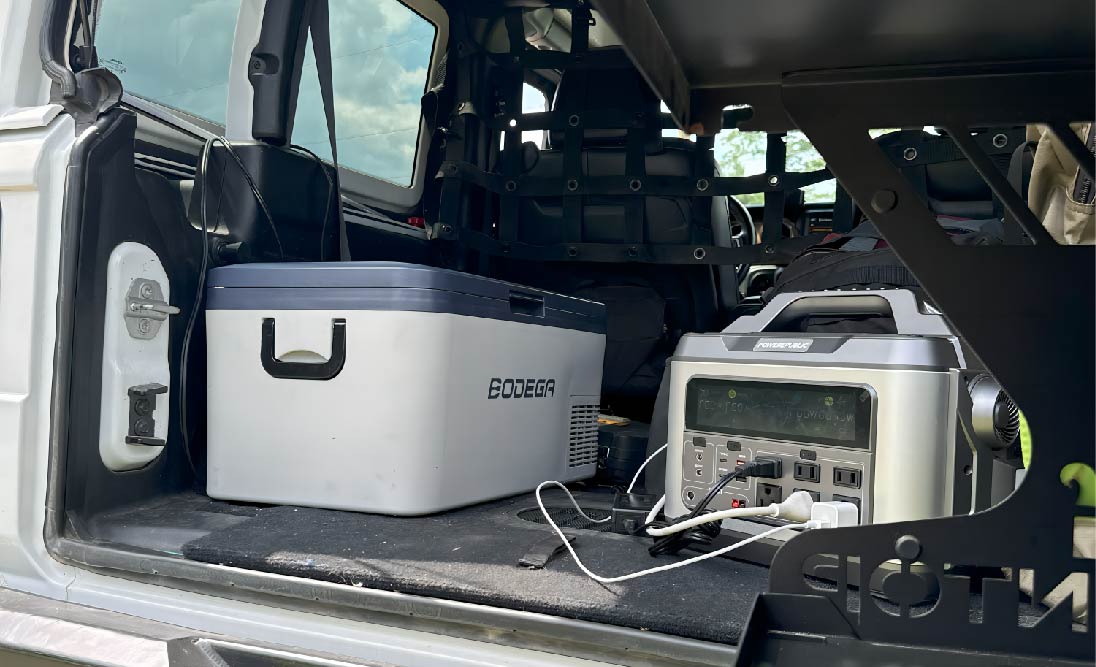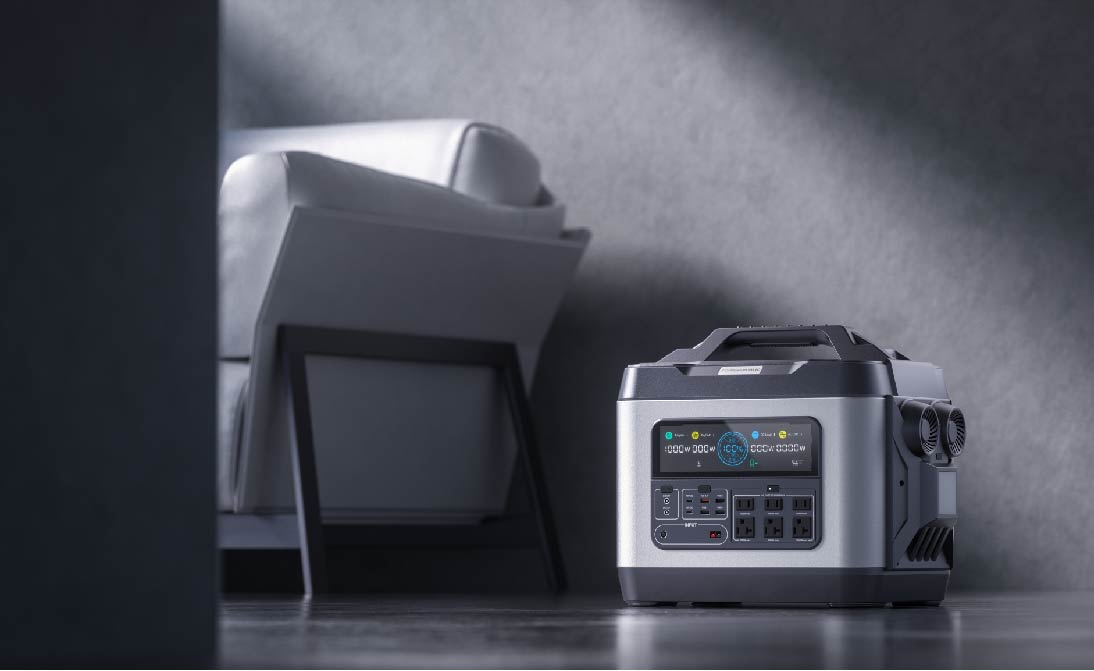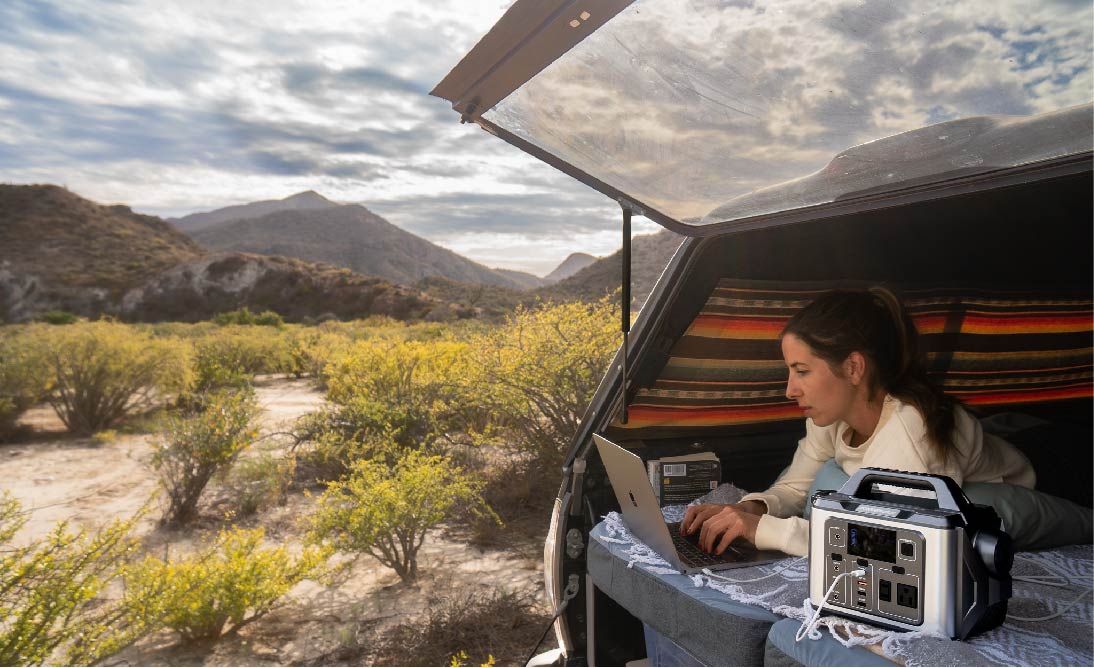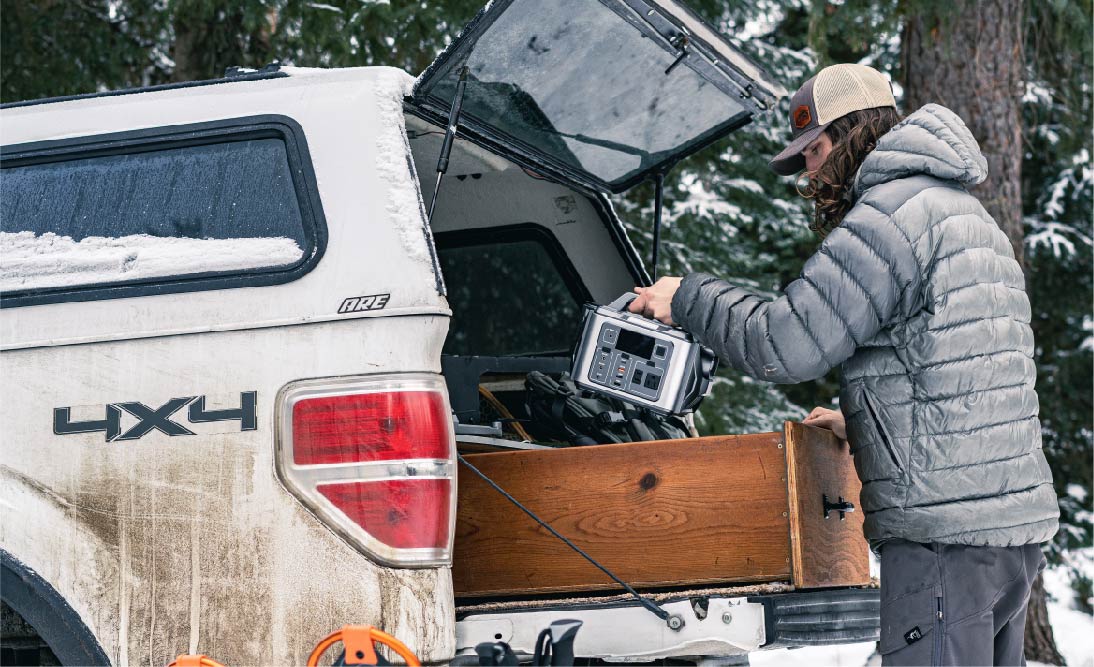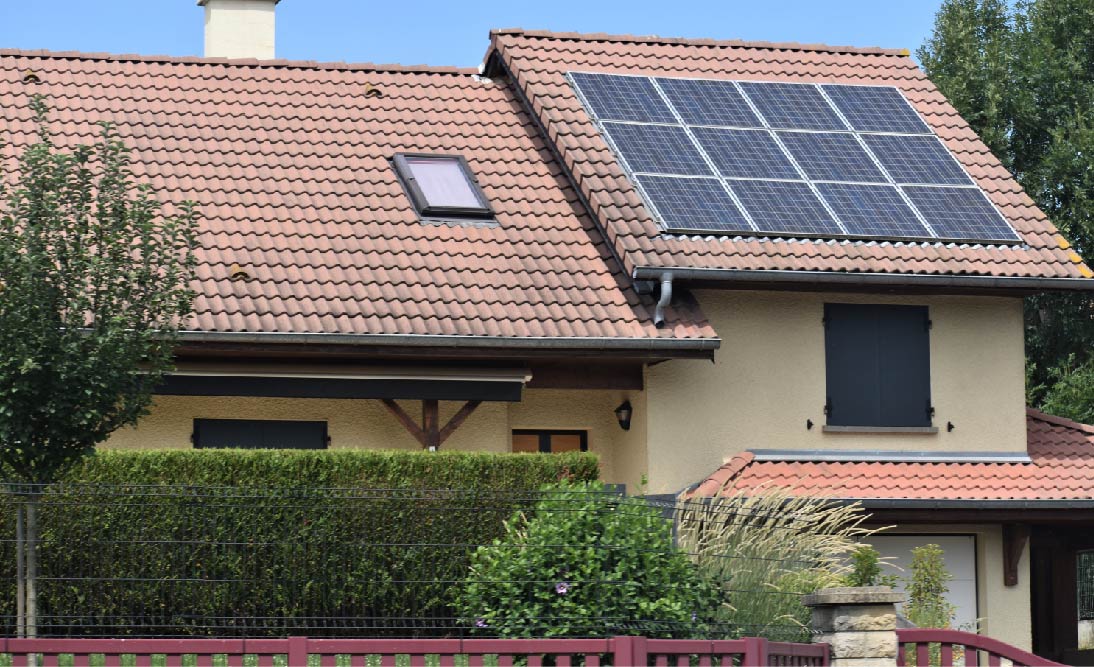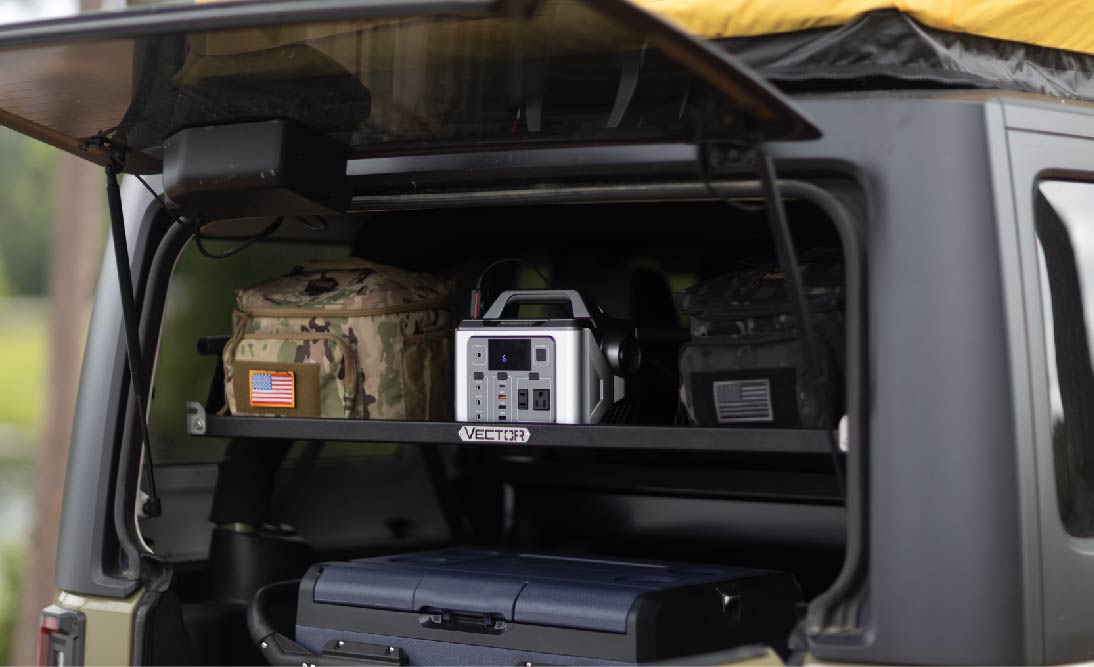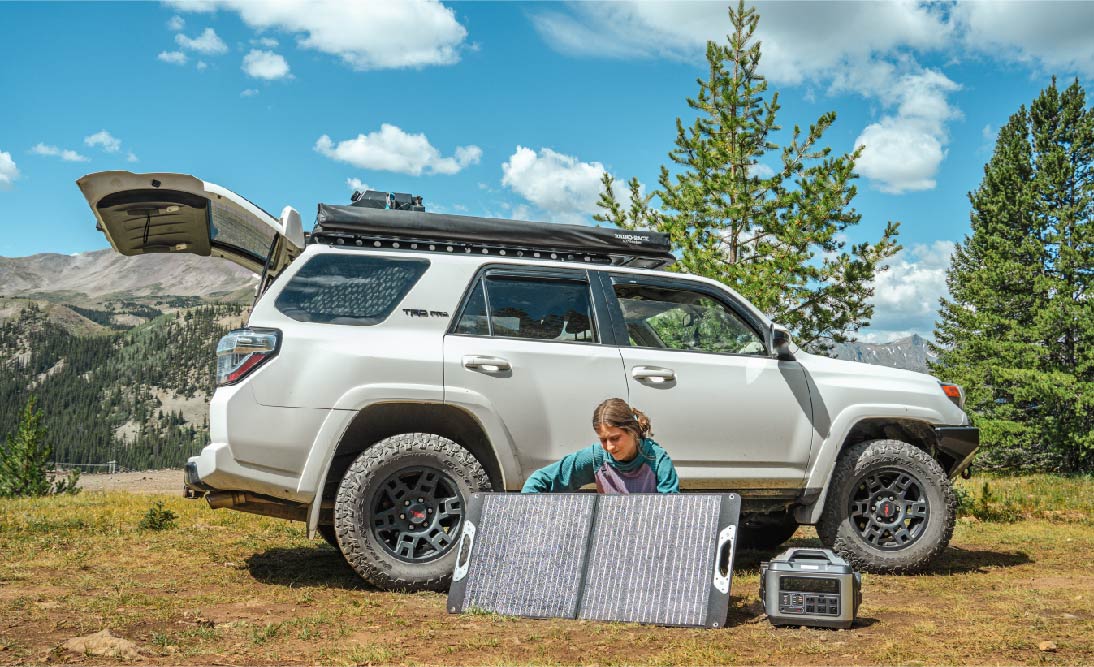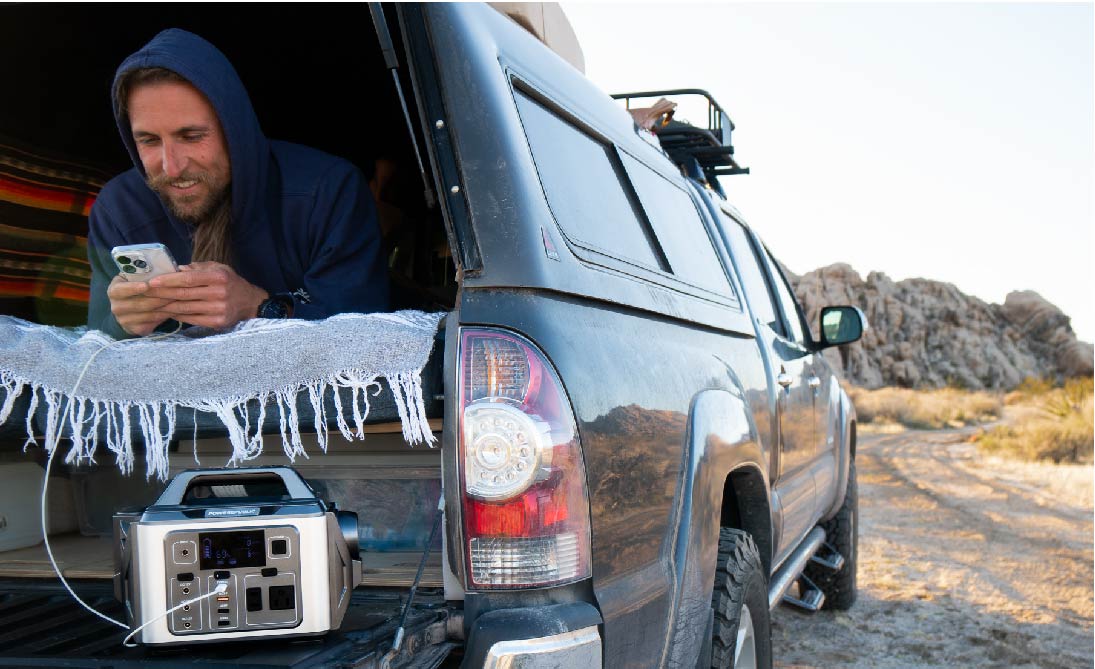Table Of Contents:
Off-grid solar kits' popularity is increasing as more people become aware of global warming and climate change. This presents an excellent opportunity to shift to solar power. The increasing adoption of solar energy is driven by the desire to reduce utility costs and achieve energy independence through clean, renewable sources.
Solar power serves various purposes, from providing electricity during off-grid adventures and camping trips to acting as a reliable backup during power outages. It even has the potential to power your entire home. While many choose pre-made solar generators, there are distinct advantages to building your solar kits, especially if you're eager to explore the mechanics of solar energy.
DIY Solar Generator And Its Definition

Having your own DIY solar generator kit empowers you to supply power to diverse household appliances and technology independently, free from the conventional grid.
To construct a solar generator kit, you'll need (portable)solar panels to harness solar energy, along with vital components needed for transforming this solar energy into electricity for later use. It's essential to understand that in the DIY process, you're not building circuit boards from scratch; In contrast, you're putting together different components from different manufacturers or brands of your preference.
Constructing your solar generator kit entails extensive research and effort to ensure the system operates as intended. For those keen on embarking on a DIY solar generator project, dedicating time to in-depth research and thorough preparation is pivotal. This approach increases the likelihood of creating a reliable and alternative power solution.
Pros of DIY Solar Generator For Your Needs
-
Cost-Efficiency: After you've initially invested in the essential parts and installed them in the right order, the continual expense of solar energy effectively drops to zero, except for regular system upkeep.
-
Environmentally Responsible: Solar power stands as a great source of clean, renewable energy, demonstrating a commitment to environmental stewardship.
-
Whole-Home Power: Having your solar generator can also power your entire home when you manage your power needs, especially during power outages. However, it's crucial to begin with a system to store an adequate amount of energy to meet your household needs.
-
Savings: Creating your solar generator can prove more cost-effective than purchasing a pre-assembled one, especially when you consider that your time is a valuable resource.
-
Simple Maintenance: Solar generators typically demand straightforward maintenance, primarily involving the cleaning of components regularly.
-
Enhanced Safety: Solar generators are safer than gas generators. Gas generators emit harmful chemicals such as carbon monoxide, nitrogen oxides, and volatile organic compounds, which can have adverse health and environmental effects.
How To DIY A Solar Generator?

Putting together your DIY solar generator is a systematic process that guarantees a successful result. We suggest following an easy-to-follow step-by-step video and the guidance outlined below.
Here's an overview of the essential components and parts required:
-
Solar Battery: This element is crucial for storing the energy collected by your solar panels. Solar batteries come in various sizes, shapes, and compositions, impacting their storage capacity and energy efficiency.
-
Alternative Casing: A protective enclosure is necessary for housing your battery and other components. Look for cases designed to withstand various weather conditions and consider those equipped with wheels for easy transport.
-
Solar Power Inverter: Solar panels produce direct current (DC) power, and the inverter plays a vital role in converting it into alternating current (AC) suitable for standard household electricity.
-
Solar Panels: These panels are exposed to the elements, so it's essential to choose robust options. Most solar panels offer some level of environmental protection, although quality and lifespan can vary.
-
Solar Charge Controller: This device serves as a critical safeguard for your battery, preventing voltage and current overload. It regulates the voltage from the panels, and if outdoor use is planned, consider a weather-resistant controller.
-
Battery Maintainer: Maintainers are responsible for preserving the health and efficiency of your primary battery. Extended periods of inactivity can have negative effects, and a maintainer functions as a compact charger, periodically delivering power to the primary battery.
-
DC Input: DC power plugs facilitate the connection of your equipment to the power source. It's essential to choose the appropriate type without requiring any wiring modifications to ensure compatibility.
Process For DIY Solar Generator

Crafting your solar generator is a methodical and rewarding journey. Here's an easy-to-follow guide to get you started:
-
Calculate Your Power Needs: Begin by estimating your energy requirements. Assess the energy consumption of your appliances, measured in watt-hours (wattage multiplied by usage duration). Account for surge power (surge watts) needed by some appliances during startup.
-
Energy Needs for Camping: For a camping trip powering a mini-fridge, lights, battery chargers, and mobile devices, a 2000-watt generator should suffice, allowing for extra power needs.
-
Energy Needs for Home Backup: In 2021, the average American household consumed about 25 to 30 kWh daily. Adjust this based on your unique circumstances.
-
Select Solar Panels: Once you've gauged your energy needs, research suitable solar panels. Consider factors like panel composition (monocrystalline, polycrystalline, or thin film), construction type (portable, rigid, or flexible), and rated power for peak sunlight energy production.
-
Acquire a Battery: Choose between two common battery types—lithium-ion and deep-cycle lead-acid. While lithium-ion batteries are efficient and lightweight, they tend to be pricier. On the other hand, lead-acid batteries are cost-effective but have limitations, including shorter lifespans and environmental concerns. For safety and advanced features, lithium-ion and LiFePO4 batteries are recommended.
-
Purchase a DC Input: A DC input is vital for transmitting direct current (DC) power from your solar panels to your solar power system.
-
Invest in an Inverter: An inverter is essential to convert the DC power generated by your solar panels into alternating current (AC) electricity suitable for household use.
-
Mount Meter and DC Input: Securely attach the meter and DC input to your system's housing using the appropriate tools.
-
Position Components: Organize all components in their designated spots, ensuring they're ready for the wiring phase.
-
Connect All Wires: Start by connecting the negative terminals first, handling one wire at a time for safety. Next, connect the DC inlet to the battery, similar to the first wire, and then link the solar panel to the battery.
-
Test the System: After assembling all components, it's vital to test the entire system to ensure that all parts are operating as expected.
-
Select Quality Supplies: Extensive research is crucial when selecting components. Opt for high-quality items known for their durability and efficiency.
Video Tutorial
For a more in-depth understanding of how to build your DIY solar generator, we recommend watching a step-by-step instructional video on YouTube by Martin Johnson.
The video discusses the installation of a straightforward off-grid solar power system battery bank. If you're in search of an uncomplicated yet robust DIY solar generator, this is the one for you.
Purchasing A Solar Generator Kit VS. DIY Solar Generator

When it comes to acquiring a solar power solution, you have two primary options: purchasing a solar generator kit or DIY your solar generator. Let's explore the pros and cons of each:
Pros of Purchasing a Solar Generator Kit
-
Convenience: Solar generator kits are ready to use, making them convenient for individuals who prefer a hassle-free setup.
-
Flexibility: You can buy separate components to mix and match as needed, allowing for flexibility and customization.
-
Ease of Use: Operating a solar generator kit is straightforward, typically involving minimal setup - just connect your solar panels.
Cons of Purchasing a Solar Generator Kit
-
Cost: The overall price can be influenced by your power needs and potential installation expenses, particularly if you opt for permanent solar panels on your property.
-
Limited Customization: Solar generator kits may have limitations in terms of tailoring the system precisely to your requirements.
-
Dependency on Pre-Packaged Components: You rely on the components included in the kit, which may not always meet your specific needs or quality expectations.
Pros of DIY Solar Generator
-
Cost Savings: Building your solar system can be cost-effective, especially if it successfully fulfills your energy needs.
-
Customization: DIY solar generator projects offer the freedom to create a solar generator that precisely matches your unique requirements.
-
Educational and Empowering: Engaging in a DIY solar generator project can be a valuable learning experience, helping you better understand how solar power systems work.
Cons of DIY Solar Generator
-
Complexity: The DIY solar generator may become complex and possibly pricier when you take into account compatibility and quality factors.
-
Time Investment: Creating your solar generator can be time-consuming, which might not be suitable for individuals with busy schedules.
-
Long-Term Costs: Over time, maintenance, equipment, and potential compatibility issues can make a purchased solar generator a more cost-effective choice.
The decision between purchasing a solar generator kit and having a DIY solar generator hinges on factors like your preferences, cost considerations, and the level of customization and educational experience you desire. Each option has its own set of advantages and disadvantages.
Final Thoughts
In conclusion, the choice between purchasing a solar generator kit and embarking on a DIY solar generator project depends on your priorities and objectives. Solar generator kits offer convenience, flexibility, and ease of use, making them a hassle-free option for those seeking a simple, ready-to-go solution. However, they may come with limitations and potential cost factors.
On the other hand, DIY solar generators provide cost savings, customization, and a valuable educational experience. While they can be more intricate and time-consuming, the long-term benefits in terms of tailored solutions and knowledge gained can outweigh these challenges.
Ultimately, your decision should align with your unique needs and goals. Whether you prioritize simplicity or a hands-on approach, both options can lead to a sustainable and cost-effective solar energy solution, contributing to a greener and more self-reliant future.
Explore POWEREPUBLIC Solar Generator For Your Journeys.
